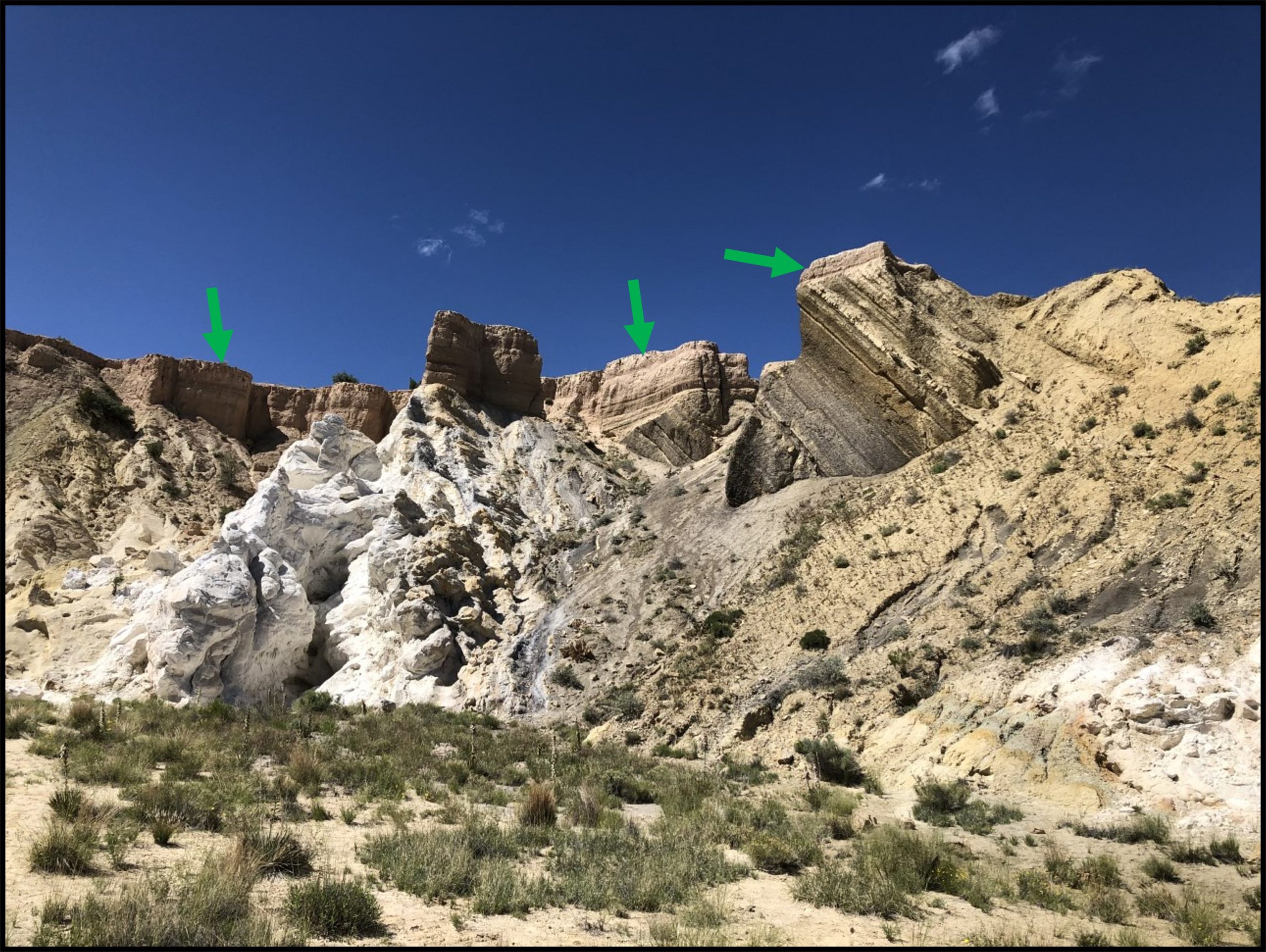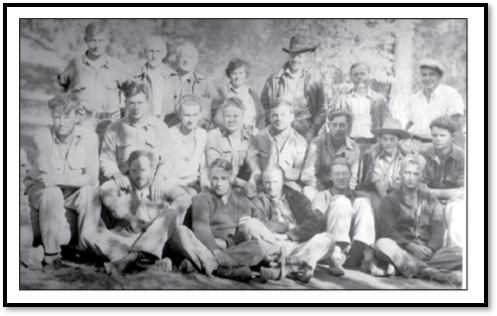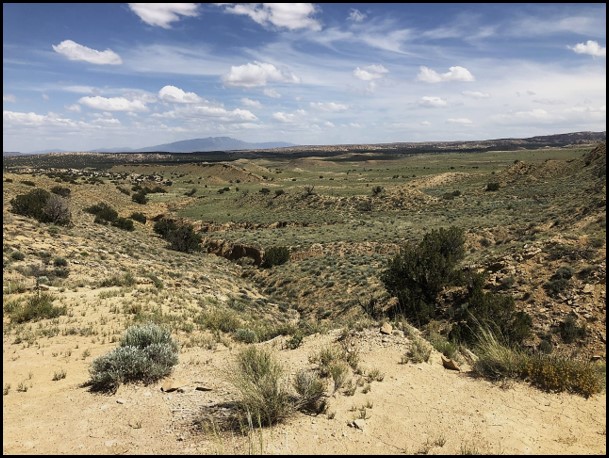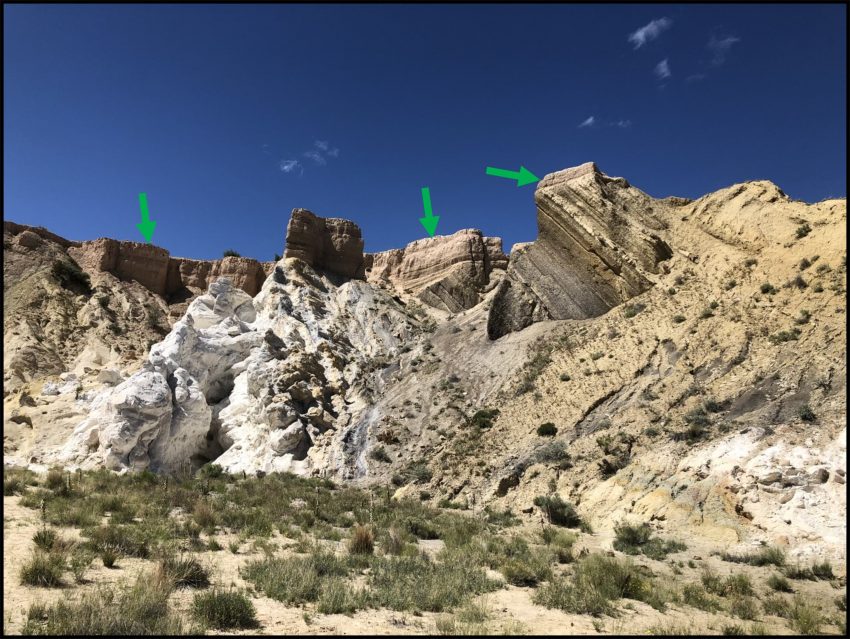Every year during the early summer months, parks in the West-Southwest United States, famous for their unique geologic wonders, will be teeming with geology students traipsing around examining rocks and interpreting their history. Why is that you might ask? These students are in Field Camp! This week we have decided to do a slightly different post than what we typically do. We wanted to give you a glimpse into the curriculum many geology students around the world go through as they finish up their geoscience degrees. For the past week and a half I have actually been a teaching assistant (my third time as a teaching assistant) for the University of New Mexico (UNM) Field Camp (hence the tardiness of our weekly post). This post will take you through a glimpse of what Field Camp actually is and how it is evolving in modern ways.

What is Field Camp??
Field camp is a summer course that undergraduates typically take as a final capstone that combines many of the elements they have learned throughout their degree. Field camp curriculum involves having students solve complex geologic problems, out in the field. The skill set of creating geologic maps is learned during this course and projects will combine elements from prior courses to have students interpret the geologic evolution of different areas. This capstone course can range in difficulty and length depending on the university or program that organizes and runs the camp (typical camps range anywhere from 3-8 weeks). In most cases students essentially live, eat, sleep, and breathe geology for the entirety of the course.

There is typically A LOT of hiking (approximately 4 miles a day or more depending) over terrain on a day to day basis and is often paired with camping at the field location (or staying at a nearby college dorm if accessible). In the US, many universities from all over the country will travel out here to the SW/W region (where rocks are exposed with little to no vegetation-unlike many other regions of the US) to visit famous geologic regions and have students interpret their geologic histories. Here in NM, we have a world class field region (San Ysidro Anticline –Syncline pair found in North Central NM) that can be found buzzing with geologists in the May and early June months as students map the unique rocks found here. Just this year we ran into 2 different schools during our shorter 4 day excursion (University of Mississippi & University of Texas-Dallas)!
Some field camps are very specific in the material they cover, not all of them are the traditional style of day to day mapping. For example, there is a volcanology field camp offered in Iceland that focuses primarily on the active volcanic systems along the southern coast of Iceland2.

The Evolution of Field Camp
Field camp has started to change over the last decade or so (and even more quickly in the last year with COVID-19 causing all field camps to either move to a virtual setting or be canceled all together) with the onset of more technological geological approaches. There is also a growing recognition that the traditional field camp is not accessible for all students as it is often very physically demanding (as well as usually very costly). Many field camps have begun integrating the use of various software geologists use nowadays as well as the traditional ‘boots on the ground’ methods3. This makes some elements of field camps less physically demanding and reaches students whose geologic focus resides with non-field based analysis. More recently, the International Association for Geoscience Diversity has supported an innovative field excursion in Ireland that aims to combine approaches to inclusive geology; combining teamwork and technology. With the wake of the COVID-19 pandemic, many field camps needed to get creative in order to meet the course objectives. A variety of creative virtual approaches were produced including a virtual field camp created by geology faculty at the University of Idaho using the Minecraft computer game4! It is exciting to see how field camp will continue to evolve post- COVID-19.
References:
1Grunder, A., Johnson, J., DiCianna, M., Sanville, H., and Dilles, J., 2014, A brief history of geology at Oregon State University, 1913-2014: Oregon State University, College of Earth, Ocean, and Atmospheric Sciences.
2https://geologyfieldcamp.sdsmt.edu/IcelandVolcanologyCamp.htm
3Whitmeyer, S.J., and Mogk, D.W., 2009, Geoscience field education: a recent resurgence: EOS, transactions, American Geophysical Union; v. 90, p. 385-396.
4Rader, E., Love, R., Dousay, T., Wingerter, N., Reano, D., Cos, K., Forsberg, E., and Blackford, N., 2020, Minecraft geology field camp: results from an inclusince and surprisingly realistic field camp experience during the COVID-19 pandemic; AGU Fall 2020 Meeting abstract. https://agu.confex.com/agu/fm20/meetingapp.cgi/Paper/751411

